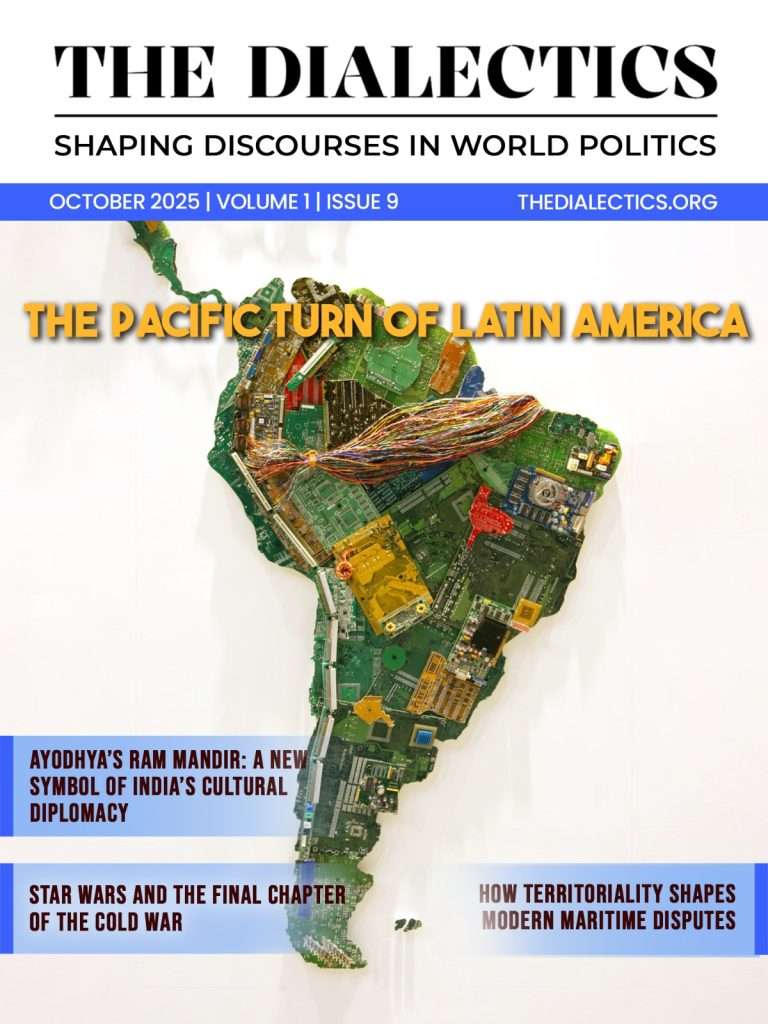Why in news?
With a push of GST reforms, pharma industries in country are seeking an Automatic Refund Mechanism and single slab GST structure.
What is Inverted Duty Structure?
When GST or import duty is higher on raw materials or inputs as compared to the GST or duty on the final product is called as Inverted Duty Struccture (IDS). We can understand this with a real life example of Active Pharmaceutical Ingredients (APIs) being imported from China on 18% duty and formulations that is the final consumable medicines having an application of 12% duty. Under the two-rate structure, if formulations move into the 5% slab and APIs remain at 18%, the gap between input and output tax widens, known as an inverted duty structure. This leaves a gap of 13% Input Tax Credit (ITC) refunds, tying up working capital.
Cause of concerns
Due to liquidity crunch industries are in enormous stressful situation leaving their credits unutilized. This is much more challenging for Micro Small Medium and Small enterprises. Although refunds are being done under GST but the processing is not very quick. That’s why industries are of the view that the refund must be automated and intrest be paid on delayed refunds efficiently. Central government prepares to roll out the next generation GST reforms, industries are trying very hard for an automated system for Input Tax Credit (ITC) refunds.
Recently Indian parliamentary committee also recommended the ruling government to cut the tariff on input ingredients to support the local manufacturers who are expected to come under more pressure due to the USA’s imposed tariff over India. India is expected to reject the reduction calls of tariff from America which will in return worsen the situation for all the stakeholders. This the report outlined without naming any country that it expects a level playing field for domestic manufacturers.
Impact of IDS
The foremost impact of IDS is that it increases the cost of manufacturing which reduces the profit margin for the producer hence resulting in low productivity due to this structural issue. Another big impact on Indian economy of this structural issue is that importing fresh new products from foreign countries becomes much more cheaper and economical as compared to Indian goods. Due to which the competitive spirit of our own manufacturing industries goes down and all the efforts of make in India program goes in vain.
This also creates hindrances for our export as it makes the export costly and less competitive in the market in comparison to other countries having less duties by their respective governments.
Challenges in resolving
As we have multiple sectors which increases complexity but every sector requires suitable resolutions. Moreover we have WTOs directions and FTI’s boundaries, due to which we tend to be under global pressure. Apart from these issues we have multiple GST rates so uniformity becomes a tedious task. Red tapism and procedural and verification issues remain constant point of debate.
Sectors severely affected: The top most sectors affected by the IDS are automobiles, electronics, textiles, renewable energy etc. These are worst affected due to their high volume and presence along with their slabs falling in different categories increasing the complexity.
What’s ahead
Government should simplify the GST rate into a single rate which will eliminate inversion but the consensus amongst all stakeholders must be there. The resolution lies in the multi pronged approach which includes rationalisation of taxation, leveragement of technological advancements, and easiness of refund processing.




